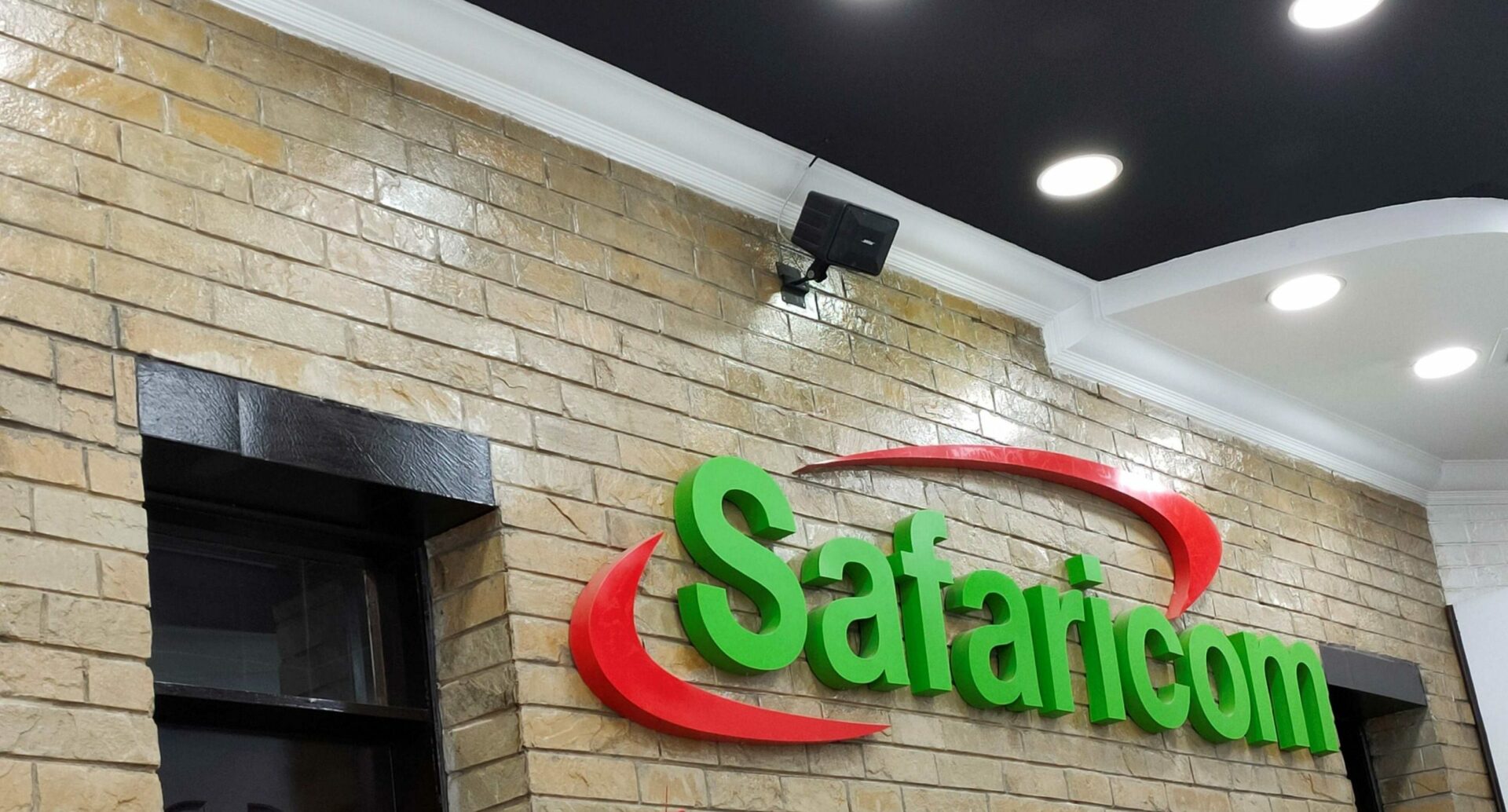Leading telecommunications giant Safaricom has announced that it made a loss of Sh. 314 million in its M-Pesa Africa business. M-Pesa Africa is a joint venture that the firm runs in partnership with Vodacom. This loss was realized in the financial year ended March 2021.
This loss was attributed to the venture’s set up costs and lower M-Pesa transaction charges after the onset of the pandemic in the year 2020.
“And then from the joint venture you saw profit last year, which is the profit book by M-Pesa Africa in the financial year 2020 as part of the transfer of the brand and this year, there’s a loss of Sh. 314 million,” Safaricom’s chief financial officer Dilip Pal said.
Career profile of new M-Pesa Africa managing director Sitoyo Lopokoiyit
Under the partnership, Safaricom runs M-Pesa locally while Vodacom operates the M-Pesa brand in numerous African countries through subsidiaries. The countries include Tanzania, DRC, Mozambique, and Lesotho. A report that appeared in a local daily said that Vodacom had pumped Sh. 1 billion into the venture after acquiring the brand’s continental rights. The joint venture is headed by Sitoyo Lopokoiyit who was appointed as the managing director in April 2021.
Incidentally, M-Pesa earnings in Kenya were also affected by the zero charges of 2020, contributing to the fall in the firm’s annual profit for the year ended March 2021. Safaricom posted the first drop in full year profit in nine years weighed down by reduced voice, messaging and M-Pesa revenues on the back of free mobile money transfers of Sh. 1,000 and below. The telco’s net profit for the financial year ended March 2021 dropped by 6.8 percent to Sh. 68.67 billion from Sh. 73.65 billion the previous year.
M-Pesa revenue, which accounted for about a third of the total revenue, declined by 2.1 percent or Sh. 1.79 billion on the back of zero-rating transfers of Sh. 1,000 and below from mid-March to December last year. Free transfers had seen M-Pesa revenue decline 14.5 percent in half year but recovered to grow at 10.1 percent in the second half of the year following the lapse of zero charges.








